
Service-Oriented Architecture: Distributed Architecture
Service-Oriented Architecture (SOA) is a distributed architecture that has gained significant attention and adoption in…

Service-Oriented Architecture (SOA) is a distributed architecture that has gained significant attention and adoption in…

Service discovery plays a crucial role in the efficient communication and coordination of microservices within…

Serverless architecture has emerged as a prominent paradigm in the field of cloud computing, offering…

In today’s rapidly evolving digital landscape, organizations face the challenge of meeting increased demands for…

In the field of architecture, risk management plays a crucial role in ensuring the success…

In the realm of software engineering, component-based architecture (CBA) has emerged as a prominent approach…
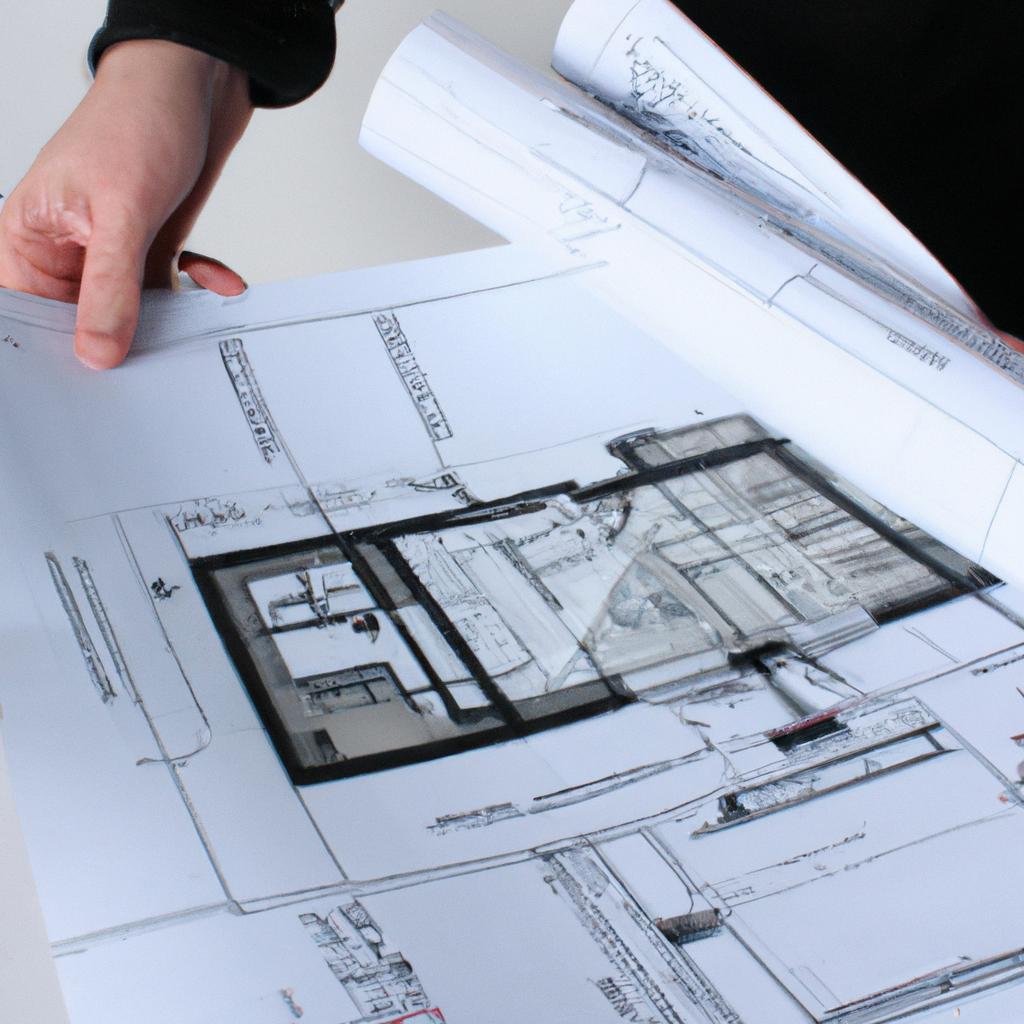
Module-based architecture is a fundamental concept in component-based architectural design that promotes the development of…

The advent of distributed architectures has revolutionized the way software systems are designed and developed.…

Microservices architecture is a contemporary approach to software development that emphasizes the use of small,…

Message queues play a pivotal role in the architecture of distributed systems, facilitating efficient and…

In today’s technology-driven world, the demand for high-performance and scalable systems has become paramount. As…
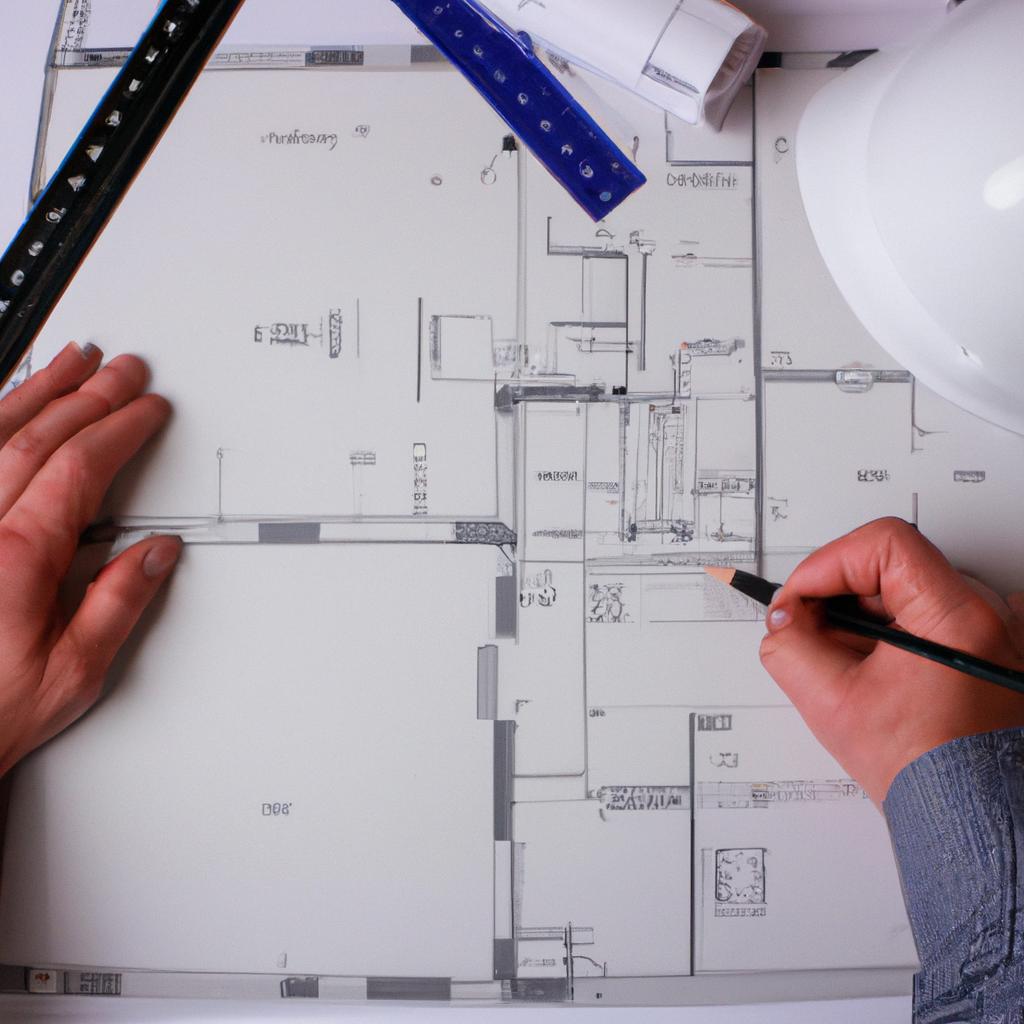
The field of architecture is often seen as a creative and artistic pursuit, focused on…

In today’s rapidly evolving technological landscape, the development of software applications has become increasingly complex…

In the digital era, where applications are becoming increasingly complex and interconnected, efficient communication between…

The advent of Function-as-a-Service (FaaS) has revolutionized serverless architecture, offering a paradigm shift in the…
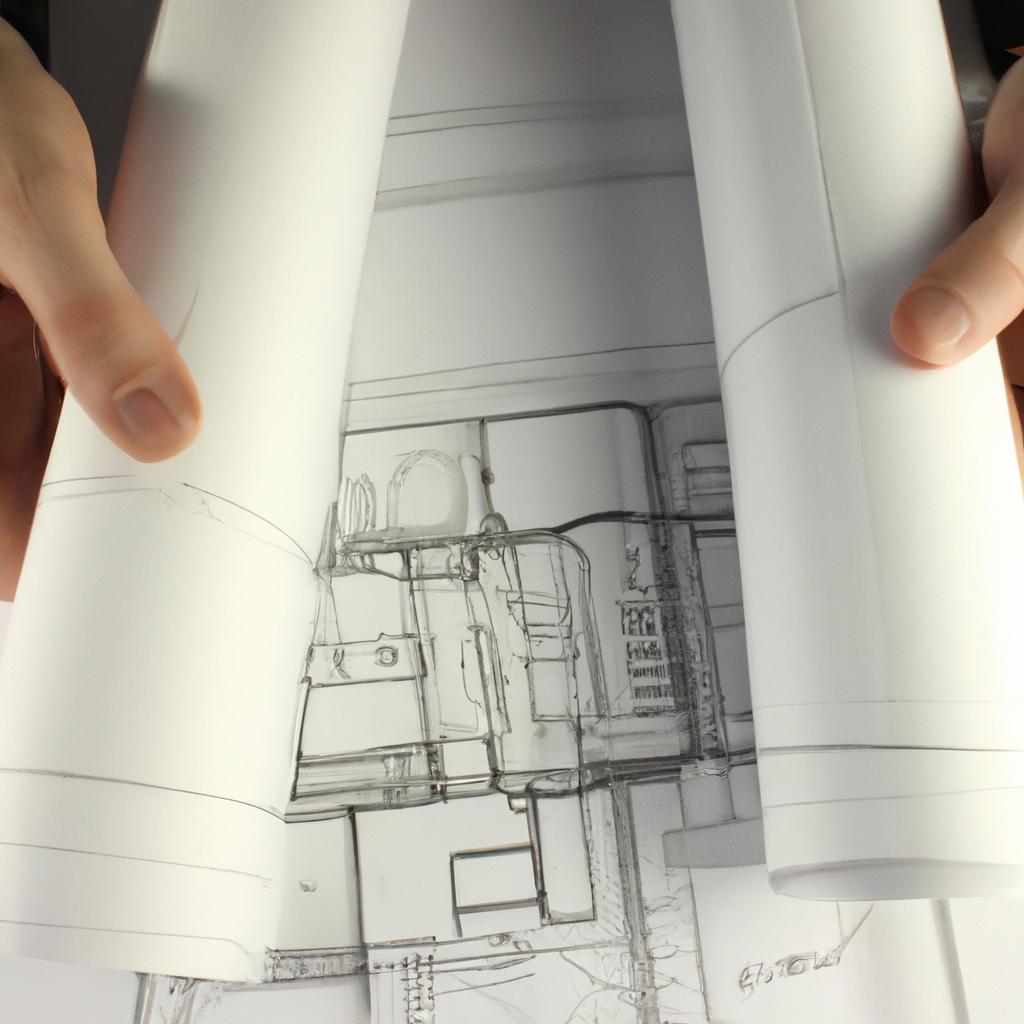
Financial planning plays a crucial role in the success and sustainability of any profession, and…

Financial modeling plays a crucial role in the architecture industry, enabling professionals to evaluate project…
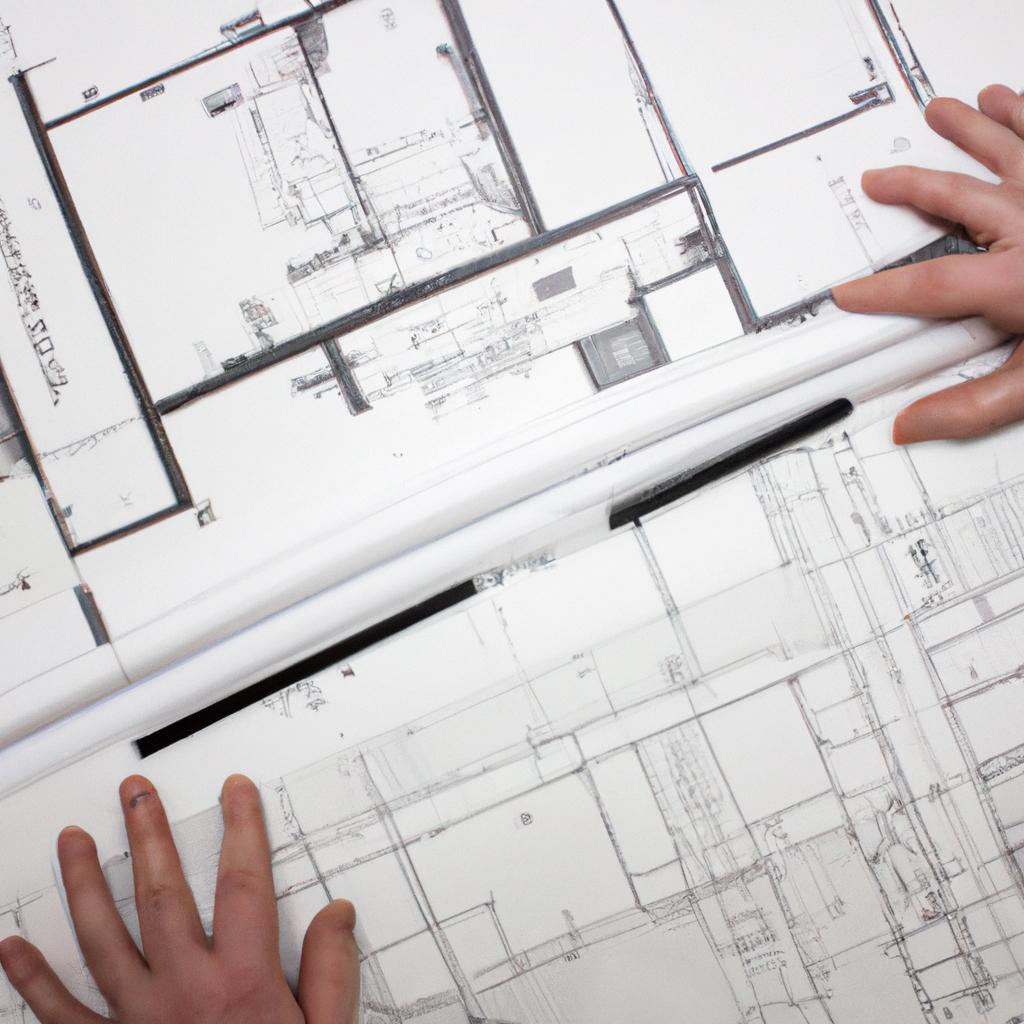
Financial analysis in architecture is a critical component that intersects the realms of finance and…

Finance plays a crucial role in the field of architecture, providing the economic foundations necessary…

As technology continues to advance, organizations are increasingly adopting microservices architecture for developing and deploying…

Event-driven systems have gained significant attention in recent years due to their ability to unlock…

Event-Driven Programming in Architecture: Event-Driven Architecture The realm of software architecture has witnessed the rise…

Event-Driven Integration in Architecture, specifically Event-Driven Architecture (EDA), has emerged as a prominent approach to…

Event-driven computing is a paradigm that has gained significant attention in recent years, particularly in…
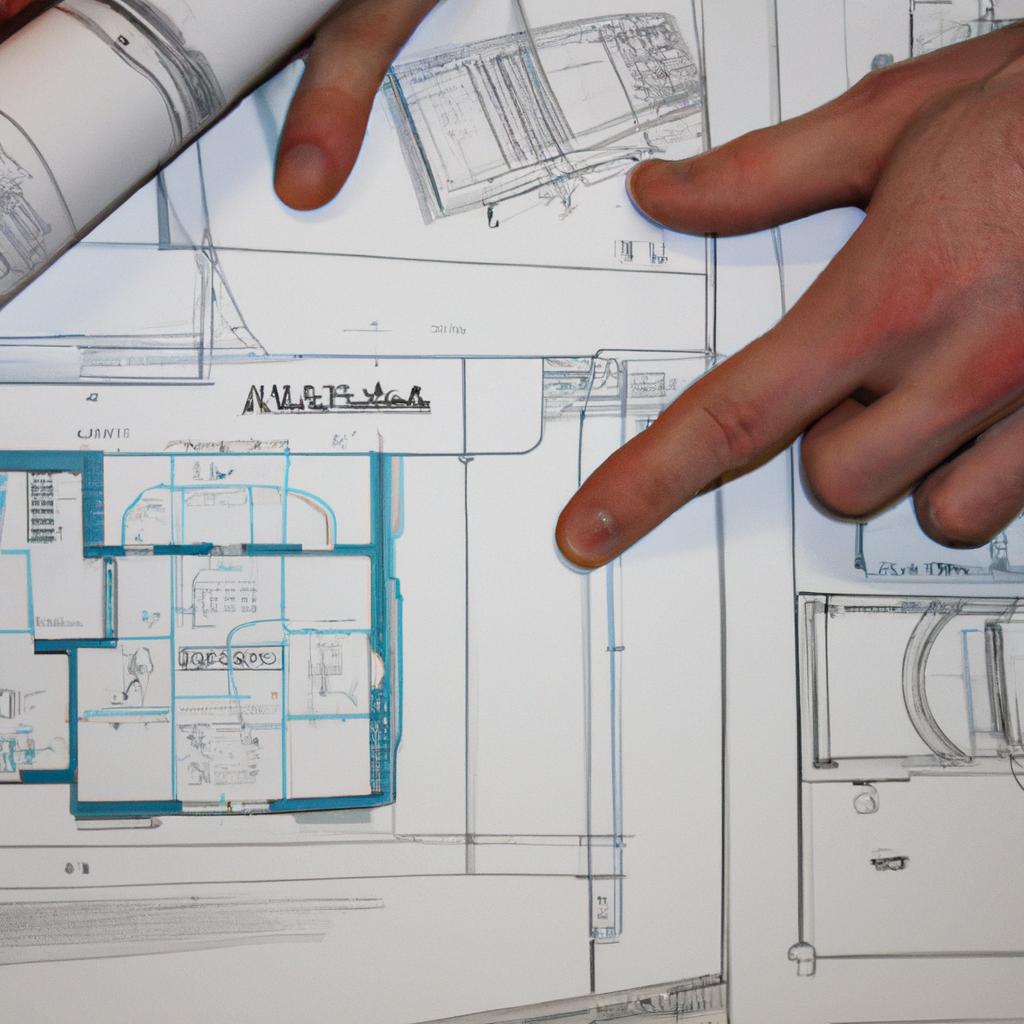
Event-Driven Architecture (EDA) has emerged as a powerful approach in the field of architecture, enabling…

Event-based messaging in architecture, specifically event-driven architecture (EDA), is a key concept that has gained…

Event sourcing is a crucial concept in event-driven architecture, providing an effective solution for capturing…

Event processing plays a crucial role in modern architectural design, particularly within the framework of…

Encapsulation is a key concept in component-based architecture, playing a crucial role in software development.…

Efficient resource utilization is a critical aspect of modern computing systems, enabling organizations to maximize…

Distributed architecture has emerged as a powerful framework that leverages the potential of connectivity to…

Dependency Injection (DI) is a crucial concept in component-based architecture, enabling the decoupling of dependencies…
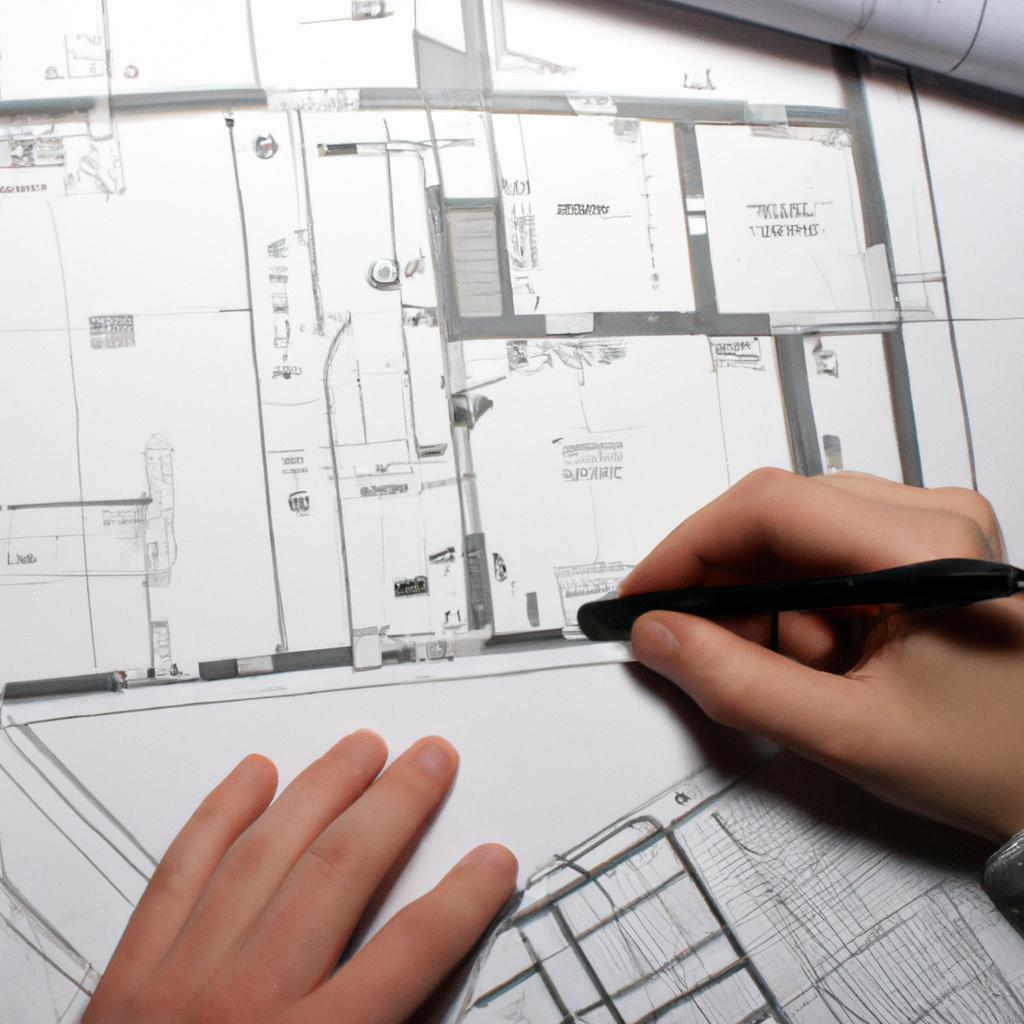
Decentralization in architecture has become increasingly prevalent with the rise of microservices architecture. This approach…

The rapid growth of technology and the increase in data volume has led to the…

The advent of serverless computing has revolutionized the way organizations approach architecture design and deployment…
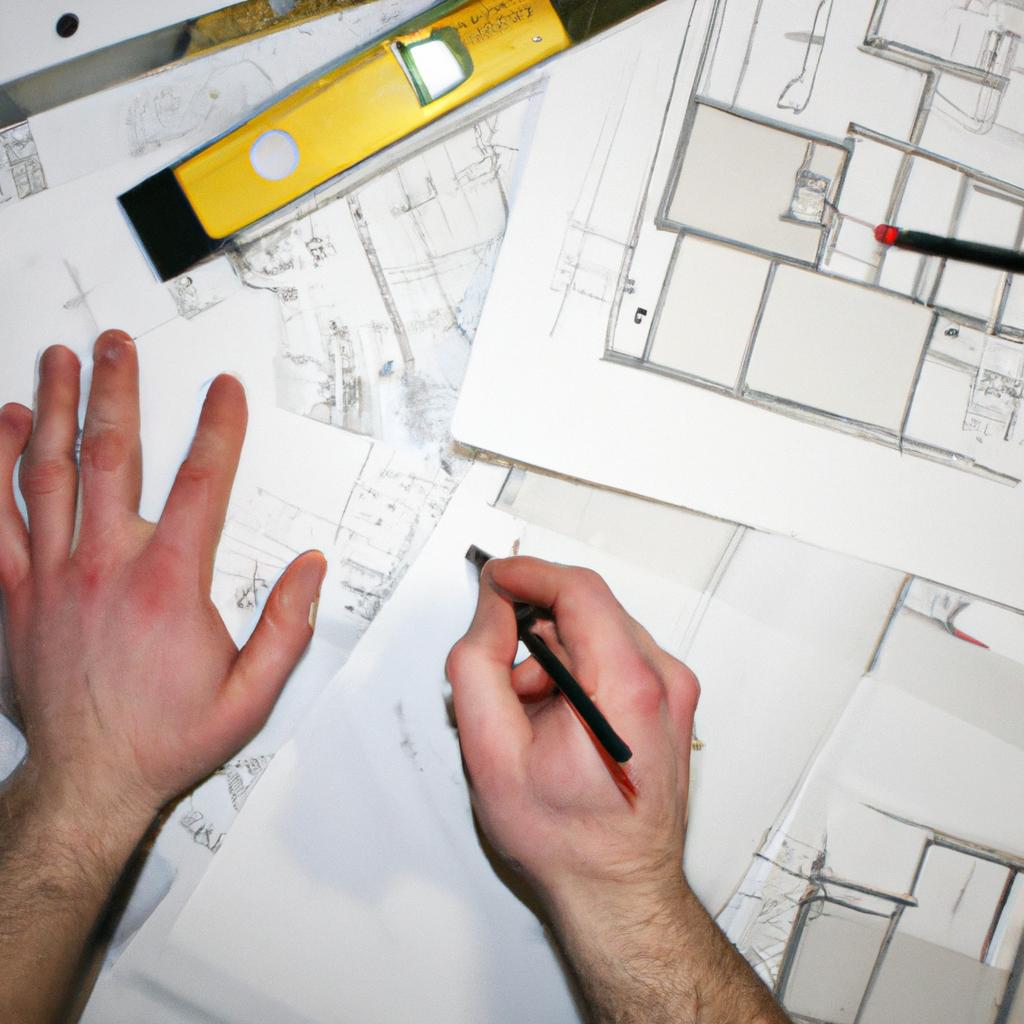
Component-Based Architecture (CBA) is a prevalent approach in software engineering that aims to enhance the…
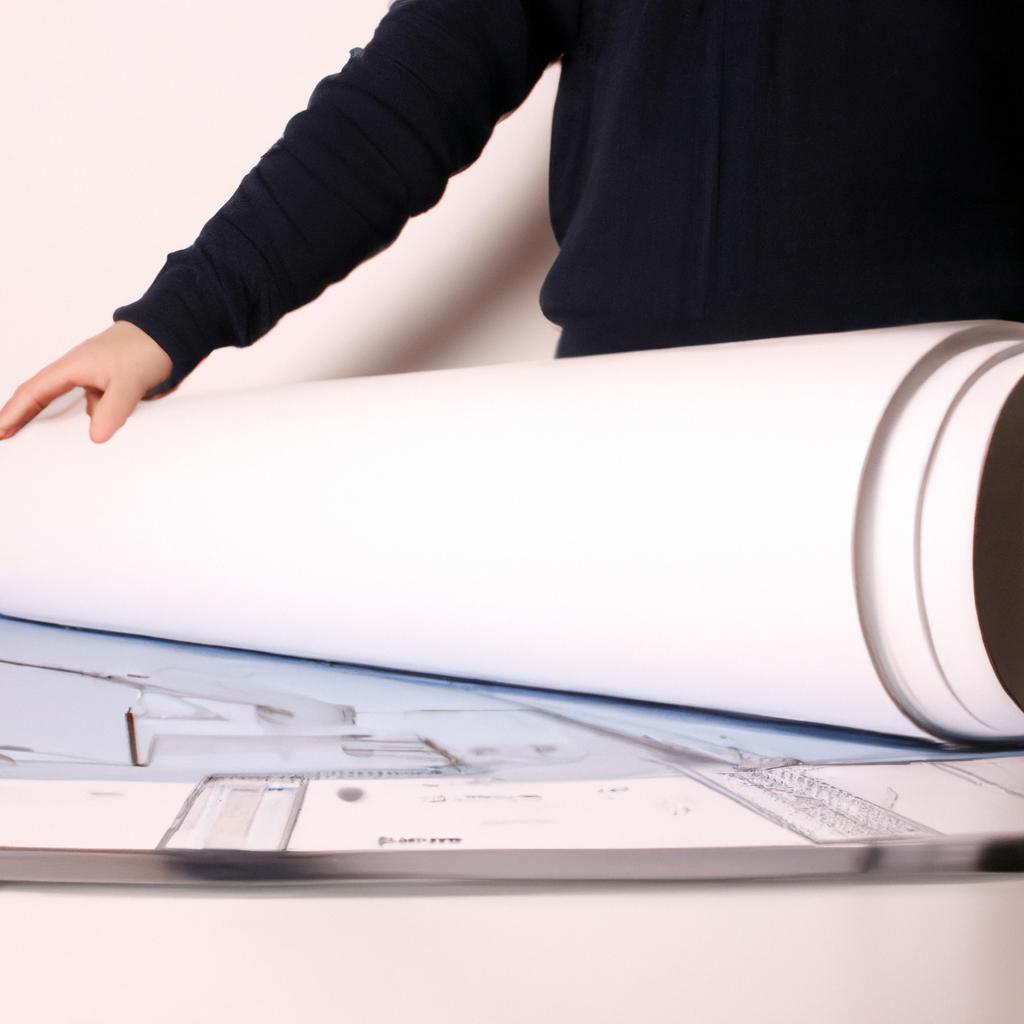
Component-based architecture is a fundamental concept in the field of software engineering, providing an efficient…

Cloud computing has revolutionized the way businesses operate and manage their data. With its ability…
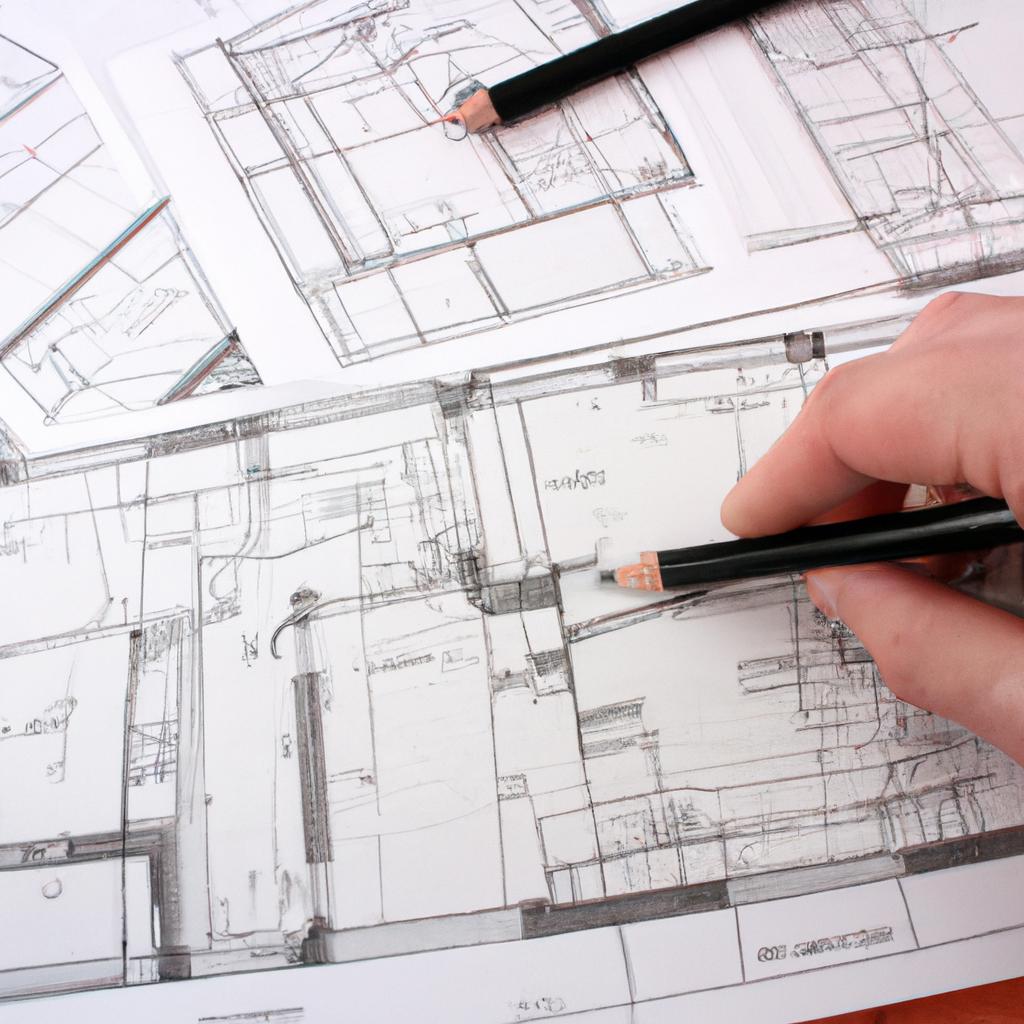
Capital budgeting plays a crucial role in the field of architecture, as it enables professionals…

In recent years, the rapid growth of cloud computing has revolutionized the way businesses deploy…

An installment mortgage is a sort of mortgage during which the lender will lend the…
